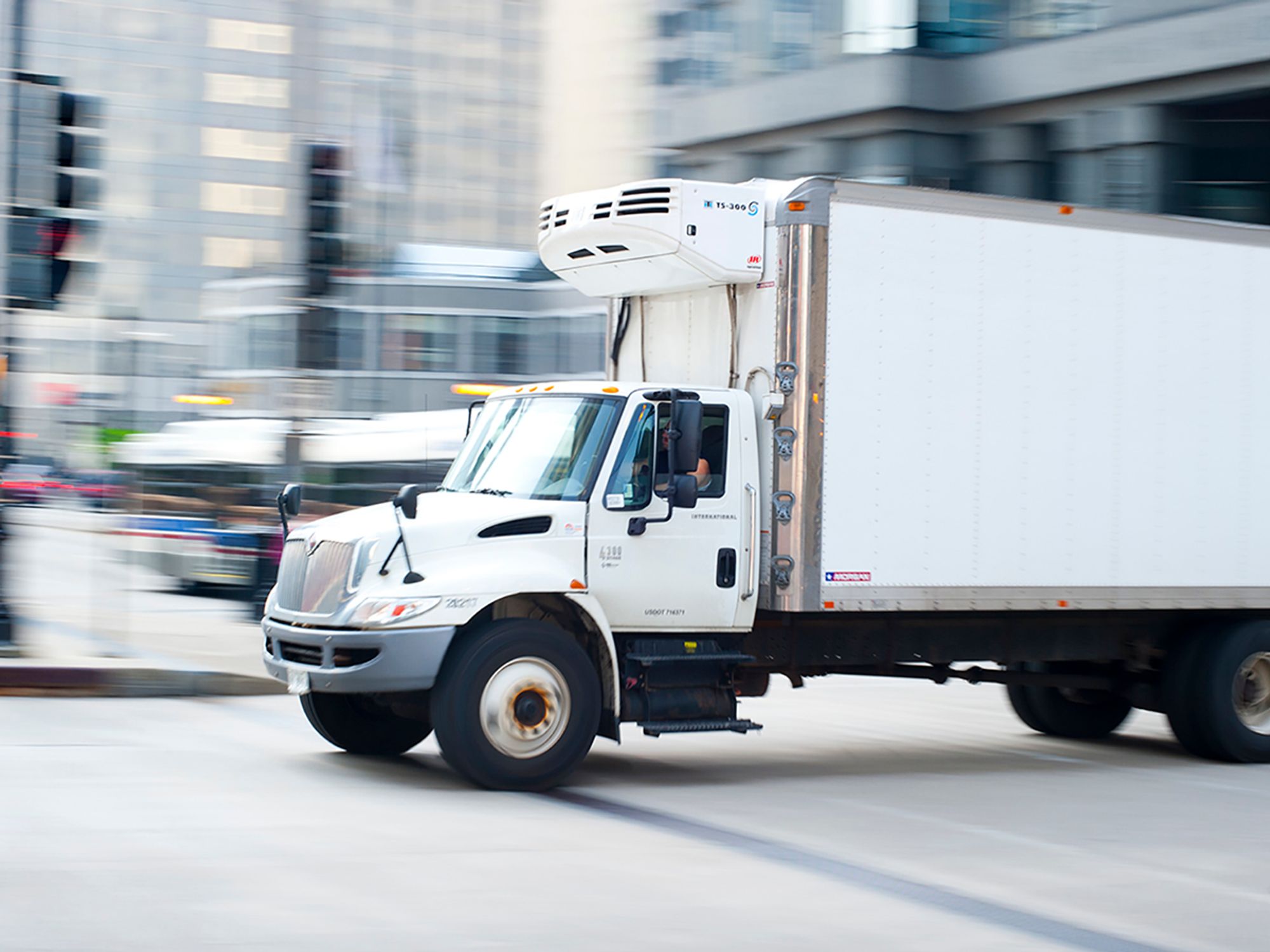Food safety in transportation

The U.S. Food and Drug Administration (FDA), as part of the Food Safety Modernization Act (FSMA), created seven major rules that will help to prevent food contamination during transportation. One rule affecting carriers, the Sanitary Transportation of Human and Animal Food (STHAF) rule, took effect June 6, 2016. It requires those involved in transporting human and animal food by motor or rail vehicle to follow recognized best practices for sanitary transportation, such as properly refrigerating food, adequately cleaning vehicles between loads, and properly protecting food during transportation.
The STHAF rule allows the transportation industry to continue to use best practices, i.e., “commercial or professional procedures that are accepted or prescribed as being correct or most effective.” These best practices cover cleaning, inspection, maintenance, loading and unloading, and operation of vehicles and transportation equipment to ensure that food is transported under conditions and controls necessary to prevent adulteration.
